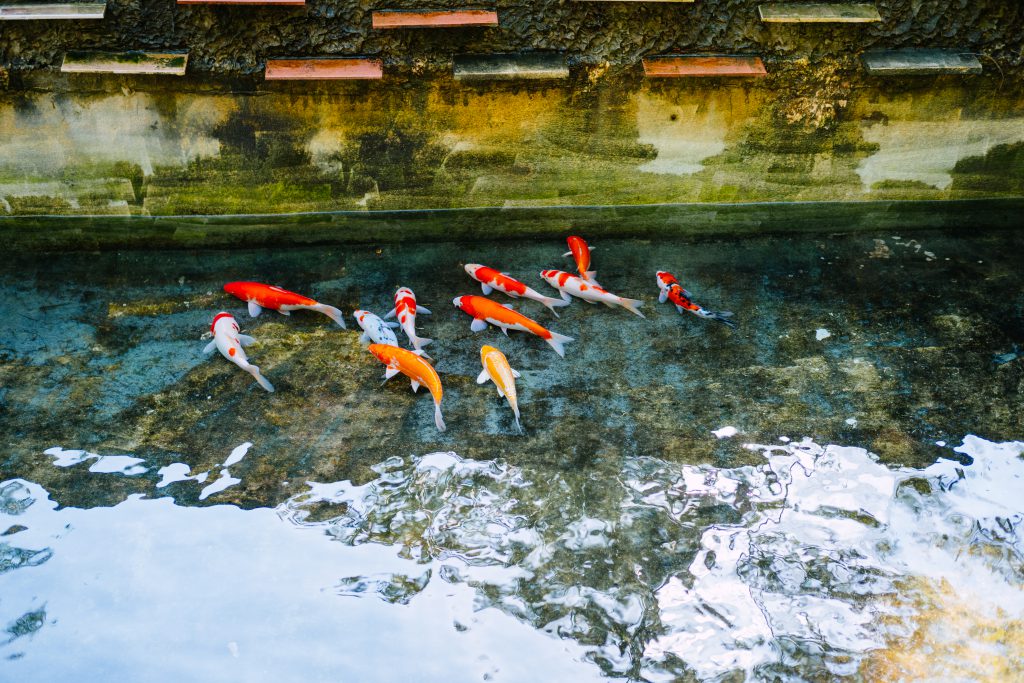Who Else Wants To Know The Thriller Behind Dubai Design District Offic…
페이지 정보
작성자 Esmeralda Mcclu… 댓글 0건 조회 25회 작성일 24-08-24 01:20본문
State Defense Supply only sells the AR 670-1 compliant ACU in OCP; we do not sell uniforms in MultiCam or UCP. §18. All other field and company-grade officers have the same uniform, but with cloth collar and cuffs, and instead of silver buttonholes on the collar and flaps, there are prescribed silver embroidery of the pattern confirmed by Highest Authority for military educational institutions and buttons with the state crest §19. 19 March published, a Regulation for Civilian Uniforms in which the coat of the Department of Mining and Salt Affairs was included under those having a military cutof the pattern for classed officials of the military administration (§99). A ukase of 25 March 1855 introduced new uniforms for the mining administration, the development of which we will discuss in following articles. On 4 June 1854 a new coat was introduced for classed and medical officials in the Corps of Mining Engineers.
In the same year of 1854 the dark-blue coat for civilian mining officials was abolished. Bestuzhev (by V.L. Borovikovskii, 1806) and of the chief of the Olonets mining works Charles Gascoigne (by D. Sekon, no later than 1807 to judge by the fact that according to the reference books, by that year Gascoigne was no longer in the mines administration). It would be important to establish the date that embroidery of this design appeared since it continued in use on the coats of civilian mines officials until 1854, reappeared on mines uniforms in June of 1867, and in October of that year was introduced on coats for transportation and communications engineers (in silver), and later became universal for all engineers. The mention in the 1804 ukase of general and field-grade officer ranks, and of lining on the skirts and turnbacks and flaps on the cuffs all indicate the semi-military character of the uniforms that were being introduced. Blue cloth piping was prescribed for around the collar, cuffs, front opening, and skirts.
on the collar, cuffs, and pocket flaps with the bort of the Ministry of Finance; for chiefs of sub-departments the same embroidery without bort; for field-grade officers the same, but without embroidery on the flaps; and finally, for company-grade officers the same, but only on the collar. The coat for classed officials serving in the Department of Mining and Salt Affairs was replaced by the common uniform coat of the Ministry of Finance. As a result, the embroidered oak and laurel-branch tracery of 1804 and 1834 ceased to exist for a time. On 14 February 1819, uniforms were established for officials of the Ministry of Finance as a whole. In February of the following year Emperor Nicholas I died, and when Alexander II ascended the throne he immediately initiated a complete reform of uniforms. This was the second militarized corps under a civilian department, following the Corps of Engineers of Ways of Communications. Officers of the Mines Institute were prescribed the same uniforms as for the Corps engineers but with the velvet collar replaced by cloth, the embroidery of the military educational institutions on the collar and cuffs, and crests on the buttons.
The frock coat was prescribed to be of the army pattern and worn with a forage cap with a black lacquered visor and cloth band the same color as the collar. Mines department in the color of embroidery and buttonssilver instead of gold. This uniform continued in use until 1811, when the Department of the Mint was absorbed into the Mines Department. In the beginning of Alexanders reign the mines uniform was changed along with various other uniforms for civilian agencies. Ranked and classed officials who were part of the Corps kept their single-breasted dark-blue civilian uniform coats with red piping as currently confirmed for the mines service (§15). Unlike the coat style for civilian officials, the mining administration coats could have embroidery only on the collars, cuffs, and pocket flaps, and not along the coats edges or skirts. Like the others, it acquired a new style: the coat received a standing collar, and in front its skirts were cut out below the waist. A single-breasted coat of dark blue with a standing collar and slit cuffs of black velvet; lining on the skirts and turnbacks of cloth of the same black color; the edges of the facings, collars, school apparels cuffs, and of the flaps on the sleeves are trimmed with red cloth; flat yellow buttons; lining of black stamin; pants and vest of white cloth.

댓글목록
등록된 댓글이 없습니다.